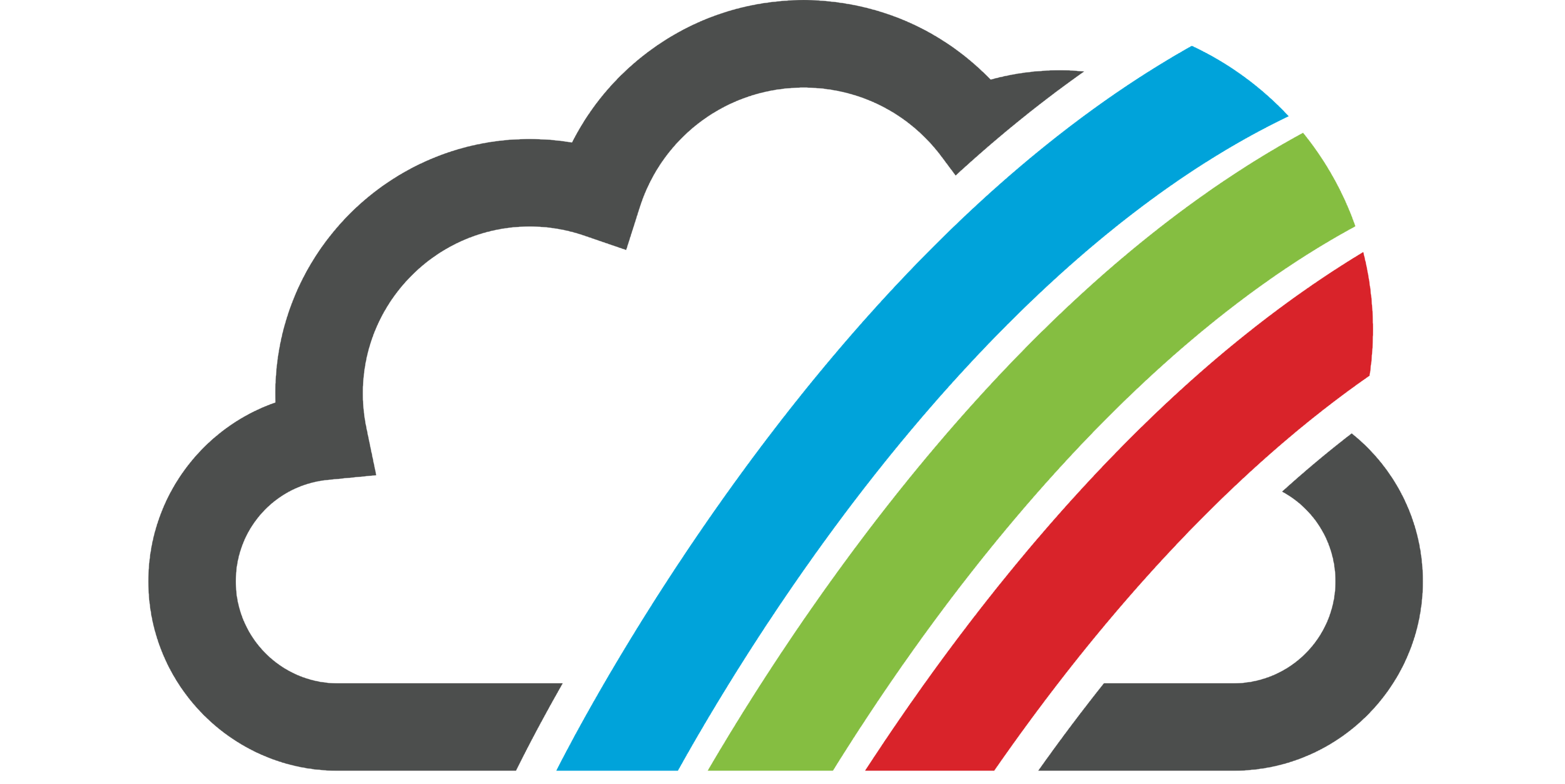Harnessing C2SEC's XSPM to Empower Gartner's CTEM Framework
- Chenyun Chu
- Nov 21, 2023
- 4 min read
In the complex and ever-changing landscape of cybersecurity, Gartner's Continuous Threat Exposure Management (CTEM) framework, introduced in 2022, offers a strategic and proactive methodology for managing and mitigating cyber threats. This framework, encompassing five distinct steps, is dedicated to the continuous identification, assessment, and mitigation of cyber threats.
Emphasizing the effectiveness of this approach, Gartner states, “By 2026, organizations that prioritize their security investments based on a continuous exposure management program will be 3x less likely to suffer a breach.” This prediction underscores the critical importance of adopting a comprehensive and ongoing strategy in cybersecurity practices.

This blog explores each of these steps, as outlined by Gartner, and discusses how C2SEC's Extended Security Posture Management (XSPM) platform supports and enhances this crucial framework.
Using C2SEC's XSPM Enabling Comprehensive CTEM Framework Implementation
Step 1: Scope Cybersecurity Exposures
CTEM Focus: This initial step involves defining the organization's attack surface, extending beyond conventional IT assets to include elements like social media accounts, online repositories, and integrated supply chain systems.
XSPM Support
EASM (External Attack Surface Management): Focuses on uncovering the external attack surface, including visible internet-facing assets and potential entry points for cyber threats.
OSINT (Open Source Intelligence): Enhances the scope by assessing risks associated with social media accounts and online code repositories, utilizing publicly available information for a deeper security analysis.
SSPM (SaaS Security Posture Management): Specifically targets critical SaaS dependencies like Microsoft 365, identifying and evaluating security postures within these platforms.
Supply Chain Component: Extends the scoping further to include critical dependencies in the supply chain, ensuring a comprehensive view of all potential areas of exposure.
Step 2: Develop a Discovery Process
CTEM Focus: This phase emphasizes the discovery of both visible and hidden assets, vulnerabilities, misconfigurations, and other risks, going beyond the initial scoping areas.
XSPM Support: C2SEC's XSPM platform facilitates automated discovery of both internal and external assets, and then perform in-depths assessment focused on security operation's need. This includes:
Automated Asset Discovery and Classification: The platform excels in identifying and cataloging a wide range of assets. This encompasses not only conventional IT assets but also often overlooked elements like shadow IT resources.
Comprehensive Security Assessment: Building upon the asset discovery, XSPM provides an extensive security assessment covering aspects such as service misconfigurations, exposed administrative panels, unpatched CVE vulnerabilities, and cloud application/API endpoints.
Broad Resource Type Coverage: The assessment extends across various resource types including compute, network, storage, DevOps applications, key management systems, and Identity and Access Management (IAM) solutions.
Step 3: Prioritize Threats
CTEM Focus: Prioritization in CTEM targets the threats most likely to be exploited, considering factors like urgency, security, and the overall risk to the organization.
XSPM Support: C2SEC's XSPM platform enhances threat prioritization in several key ways:
Automated Asset Importance Determination: Utilizing advanced asset classification and content/data analysis, XSPM automatically ascertains the importance of each asset. This ensures that security teams focus on addressing the most critical vulnerabilities on the most crucial assets first.
Building Security Attack Paths: With its comprehensive knowledge of both internal and external vulnerabilities, XSPM constructs detailed security attack paths. This helps in further prioritizing security findings by assessing how external vulnerabilities could potentially lead to the compromise of critical internal assets. For instance, not all exposed external network ports may pose a direct threat to sensitive data assets; XSPM helps differentiate these to focus on the most impactful issues.
Grouping Similar Security Findings: XSPM aids in efficient remediation by grouping similar security issues. This approach allows security teams to address entire categories of vulnerabilities in a unified manner, enhancing the efficiency and effectiveness of the response.
Through these capabilities, C2SEC's XSPM platform aligns with the CTEM framework by enabling a more strategic and focused approach to threat prioritization, considering the broader context of each threat within the organization's security landscape.
Step 4: Validate Attack and Response Scenarios
CTEM Focus: This involves confirming the exploitability of vulnerabilities, analyzing potential attack pathways, and ensuring the adequacy of response plans.
XSPM Support:
Automated Penetration Testing: XSPM employs automated penetration testing, which, when authorized, becomes an essential tool for validating the exploitability of vulnerabilities. This is particularly crucial in scenarios involving emergent critical vulnerabilities, such as the recent 0day Citrix Bleed (CVE-2023-4966). The penetration tests are designed to be intrusive yet controlled, providing a realistic assessment of the organization’s defenses against actual attack scenarios.
Continuous Scanning for Persistent Security: In addition to penetration testing, continuous scanning plays a pivotal role in the XSPM support framework. This ongoing scanning ensures that vulnerabilities, once identified and addressed, do not resurface—a common challenge in the dynamic IT environments, particularly those operating in cloud infrastructures. Continuous scanning provides real-time insights into the security posture, enabling quick detection and remediation of any recurring issues.
Step 5: Mobilize People and Processes
CTEM Focus: The final step of CTEM involves operationalizing findings, requiring collaboration across teams and streamlined implementation of mitigation strategies.
XSPM Support: XSPM's comprehensive API support empowers seamless integration with downstream workflows, enabling organizations to harness security insights and actions efficiently. Additionally, XSPM offers direct integration capabilities with popular services like JIRA and SOAR, fostering seamless collaboration between security and IT teams. This robust integration ecosystem streamlines vulnerability management, incident response, and overall security posture management.
Conclusion
Aligning with Gartner's CTEM framework, organizations can adopt a proactive, structured approach to cybersecurity. C2SEC's XSPM platform not only supports each step of the CTEM framework but enhances its effectiveness, offering an integrated solution for dynamic and comprehensive threat management in today's digital world.

Kommentare